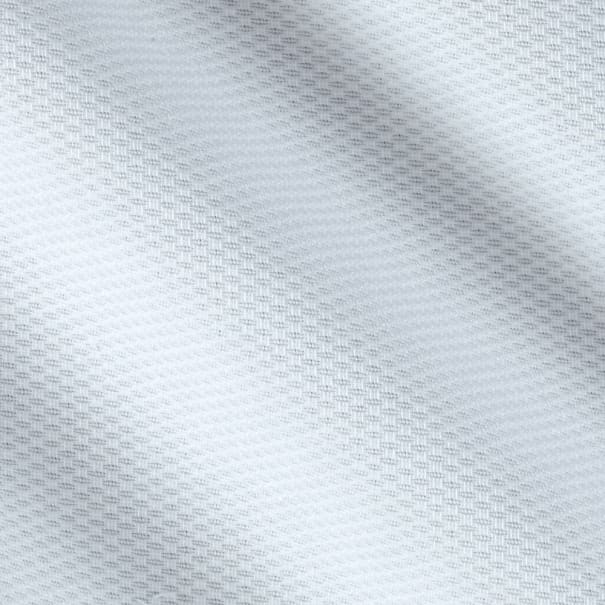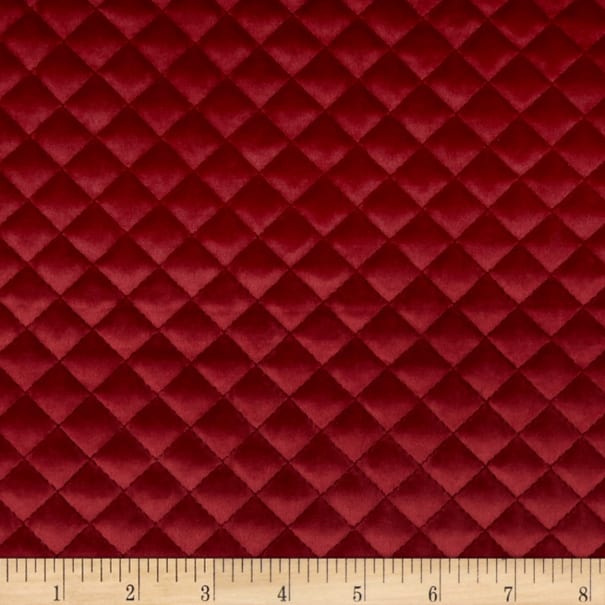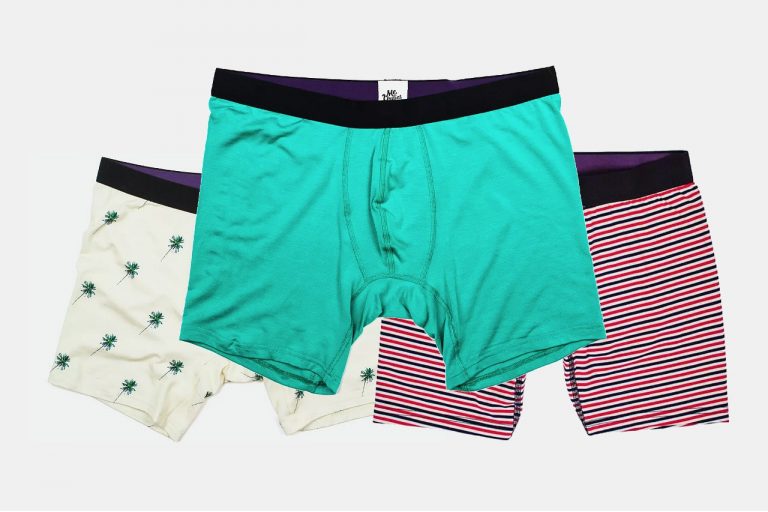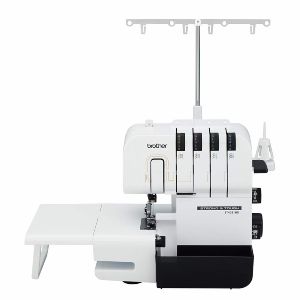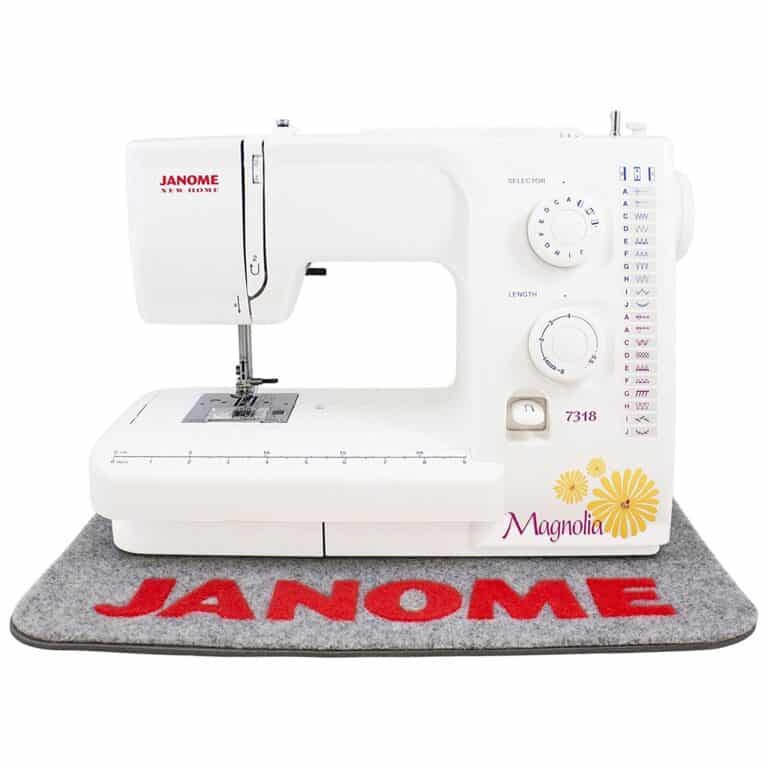Silk Fabric: History, Properties, Uses, Care, Where to Buy
Table of Contents
Introduction to Silk Fabric
Silk fabric is the world’s toughest natural fiber. It is more commonly valued for its aesthetic qualities than for its strength. While silk has always been a sought-after commodity due to its soft feel, it has also served as the foundation for many famous Silkroad routes and cultural shifts.
Biomaterials have just exceeded this textile in strength, yet it is still the strongest fabric that can be manufactured through natural means.
What is the History of Silk Fabric?
Silk was first cultivated in China. The use of materials made of silk by the ancient Chinese dates back to at least 3,600 B.C., according to archaeological evidence. The manufacturing of silk in China paved the way for pre-industrial trade routes.
Chinese merchants traveled the Silk Road to exchange silk for commodities from other countries. Although India, Thailand, and other Asian countries had established procedures for making silk, the methodology taken by the Chinese was superior.
By the 11th century A.D., Europe had begun to manufacture silk. During the Middle Ages, the manufacturing of silk was extremely important to the economies of several Italian city-states, including Florence, Lucca, and Venice.
After King James I brought silk manufacture to the New World in the 17th century, Connecticut and Massachusetts became major production hubs for the fabric. Because of World War II, the United States was unable to import silk from Asia; as a result, American firms developed nylon.
Properties of Silk Fabric
- It is a highly breathable fabric
- It has good moisture-wicking abilities
- It drapes beautifully
- It is lightweight and smooth
- It is comfortable to wear
How is Silk Fabric Made?
Silk fabric is made using silkworms. Using the cocoons of silkworms, the breeders of silkworms typically subject them to extremely high temperatures to prevent the adult worms from emerging.
A silk strand is obtained from these cocoons by automated machines or manual processes and converted into a string twisted with some other strings to make a yarn.
After several different post-production operations have been carried out on the silk, the resulting silk yarn can then be run through a roller to make it more consistent.
The manufacturers of Silk perform these post-production operations. At this stage, the yarn is prepared to be woven into a fabric of some kind, whether a garment or something else entirely.
Most companies that create silk textiles color their yarn and occasionally bleach it before weaving it. Silk may be strengthened or steamed by these firms, depending on the needed characteristics.
Where is Silk Fabric Made?
At the moment, China is the largest producer of silk globally. India comes in second, Uzbekistan comes in third place, and Thailand is fourth in silk production worldwide.
Common uses of Silk Fabric
Silk fabric is used for various garments and products.
Daily wear
Popular apparel products manufactured from silk include shirts, scarves, blouses, and eveningwear. Due to its lightweight and smooth characteristics, silk is also a favored choice for lingerie and underwear.
Home décor
Silk fabric can be used to create various ornamental items for the house, including cushions, curtains, and even wall art.
Other Uses
Many parachute makers still use silk because of the toughness and low weight of the material. Doctors also use silk surgical sutures to seal injuries and surgical cuts.
Sewing with Silk Fabric
When it comes to sewing, the delicate nature of silk fabric necessitates extra care and attention. Because the lightweight fabric is so slippery, you should use pattern weights to keep it from moving about while you work.
To receive the best possible results from your sewing projects, you should use the right sewing essentials, sewing notions, and supplies.
Avoid creating permanent holes in the cloth with pins and needles when you are sewing patterns and designs into the fabric. Glass head pins and silk pins are your best bet when working with silk because they are less likely to display pinhole markings and easily glide through the cloth, avoiding undesired snags.
To achieve the greatest results, it is recommended that you use the best sewing machines, such as the JUKI MO-100. You can stitch silk fabric in various ways, provided that you keep these simple pointers and suggestions in mind.
Dyeing with Silk Fabric
It is possible to dye your silk fabrics. The technique can assist both designers and customers with unique likes and preferences. The fabric can be dyed depending on the composition of the fabric. The Rit All-Purpose Liquid Dye can be used as the best fabric dye available.
How to care for Silk Fabric?
Silk is a fragile material that must be laundered and ironed with the utmost caution and attention to detail to prevent damage to the fabric.
Washing and drying
- It is recommended to dry clean your silk.
- If you still prefer to wash it, handwashing is always the safest and most effective cleaning method.
- The water should be lukewarm or slightly cold.
- You should use a non-alkaline soap and avoid using detergents
If you still want to wash the fabric in a machine, make sure to use a gentle cycle
- The fabric can be dried by air-drying it on a flat exterior or hang-drying it
- Never dry the fabric in direct sunlight since this can cause the fabric’s color to fade.
Ironing
- Using a shark steam iron, press the fabric on the wrong side
- Use a low heat setting and a press cloth.
- Avoid ironing the cloth back and forth in a back-and-forth motion repeatedly.
Where to buy Silk Fabric?
Silk fabric is available in both fabric and clothing retailers. Silk fabric can also be purchased online from companies and websites such as Fabric.com and Amazon, amongst many more. These websites carry the best Silk fabrics that are currently available.
It can be sold in several ways depending on the seller;
- By yard
- By Inches
- Can be cut to order
By using silk, sewers can create very special and delicate projects. However, silk is a delicate fabric and there are several factors which should be considered when selecting silk fabrics for a project. This buying guide will help you consider all of the factors that you need to keep in mind to select the best silk fabric for any project you have in mind.
Best Silk Fabrics
Here are our silk fabric reviews.
1. Maxfeel 100% Pure Mulberry Silk Charmuse Solid Fabric
[azonpress template=”box” asin=”B012FVFPSS”]This Maxfeel pure silk fabric is available in twenty different solid colors. It is sold by the yard or half yard so that you can get exactly as much fabric as you need for your project. This soft fabric has a shiny finish and is suitable for making garments such as dresses and home decor such as pillowcases.
- 100% silk
- Soft and comfortable
- Cut to order
2. Maxfeel 100% Pure Mulberry Silk Charmuse Floral Fabric
[azonpress template=”box” asin=”B075FNB9MV”]This Maxfeel pure silk fabric comes in 30 different floral prints. It is cut to order and can be ordered by the half yard or full yard. The fabric is soft and luxurious to the touch and is suitable for projects such as dresses, scarves, or bedding. It should be washed in cold water by hand and air dried.
- Sold by the half a yard or yard
- 100% silk
- Soft feel
3. F.D. Silk 100% Silk Charmeuse Fabric
[azonpress template=”box” asin=”B016PRFFXI”]This F.D. Silk fabric is available in 45 different colors and can be bought in pieces measuring one, two, five or ten yards. It should be hand washed in cold water and air dried, or dry cleaned. This lightweight fabric is a great choice for creating garments such as dresses, blouses, and skirts.
- 45 inches wide
- 100% pure silk
- Shiny finish
4. YJKIS 44″ 100% Pure Silk Fabric Champagne Gold Charmeuse Fabric
[azonpress template=”box” asin=”B09BQNP4CW”]This company provides gorgeous Mulberry silk that would make any holiday dress style stand out and shine.
- 100% silk
- 45 inches wide
- Machine washable
5. Silks Unlimited Iridescent Peacock Dupioni Silk
[azonpress template=”box” asin=”B01NBST5SA”]This Silks Unlimited Dupioni silk is a beautiful, hand-woven fabric. Each piece is unique and it is a combination of royal blue and teal fibers. It is available in either 44 or 54 inch widths and is cut by the yard, so you can order whatever amount of fabric you need for your project.
- 100% silk
- Hand-woven
- Cut to order
Silk Fabric Buyer’s Guide
Silk is a fabric that can be used to create beautiful projects, but it is also delicate and requires special care. There are a number of factors which should be considered when choosing a silk fabric for a project.
The first factor to consider is how to care for the fabric. For garments that will be used regularly, it is better to find a fabric which is machine washable.
Some of the fabrics in this guide can be machine washed in cold water, while others must be hand washed or dry cleaned, which means that they are more suitable for home decor projects or accent pieces such as scarves which don’t need to be washed very often.
Another factor that should be considered when selecting a silk fabric for your project is what type of fabric you want. The silks in this buying guide come in a variety of prints, as well as solid colors.
Some are special types of handwoven silk, such as Dupioni. These specialized silks are more expensive, but also give a unique look to any project. The silks in this guide are also available in a range of finishes – some are matte, while others are shiny.
A third factor to consider when selecting a silk fabric is how much you need to complete your project. Most of the fabrics in this buying guide are available by the yard, so you can order exactly as much as you need for your project.
Those not available by the yard are available in a number of different sizes, so that you can get either a large or small piece of fabric. This buying guide will help you find the perfect silk fabric for any project you have in mind.
You might also be interested in:
Recommended Reading:


